Somnath Hore: Art of Wounds
Sketches, sculptures, paintings, drawings and prints — the works of Somnath Hore reflected on an era of darkness. The historical events of 20th-century Bengal, like the man-made famine of 1943 or the sharecroppers’ agitation of Tebhaga in 1946–47, shaped his art differently and away from the traditional techniques and topics. He couldn’t forget the first-hand experience of human suffering in the forms of starvation, fighting, killings and exploitation, and manifested them in his visual documentations for magazines of the Communist Party. His socialist ideologies, reaction to the social unrest and Naxalist movement gave birth to the paper pulp print series Wounds, in the late 1960s. The artist felt the intense need to translate his many problematic witnessings into art in the form of ‘wounds’. This volume talks about the series, its inception, making and perceptions about and around the main theme. He wanted to reproduce the essence of a cut or injury with his works using printmaking. The work necessitated some intense research and experimentation with the colours red and white, and the light and shadow effect on a three-dimensional model to reach a satisfactory outcome. Reclusive and reluctant to hold exhibitions, unlike other artists, Somnath Hore wanted his art to be accessible to the masses and not simply be limited to drawing rooms and auction halls. He was a close associate of the painter K. G. Subramanyan and the sculptor Ramkinkar Baij, and won many awards and honours including the Lalit Kala Ratna Puraskar and the Padma Bhushan.
This book is based on the dissertation of Atanu Bhattacharya, the graphic artist and painter, on paper pulp prints by Somnath Hore. Bhattacharya’s time at Rabindra Bharati University and the experience of printmaking got him interested in the master artist and the techniques he employed in his works.
Published in association with Akar Prakar, Kolkata and New Delhi
Get it now and save 10%
BECOME A MEMBER

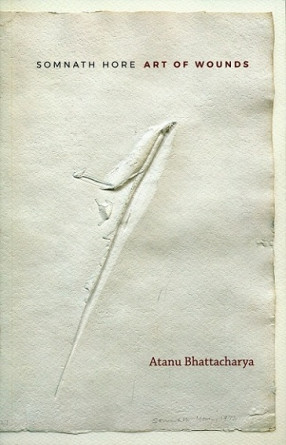
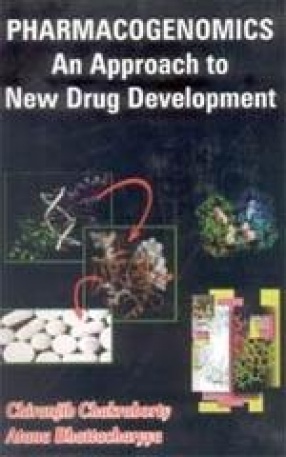
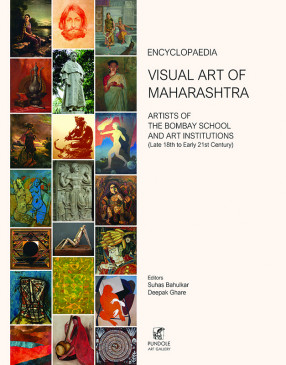
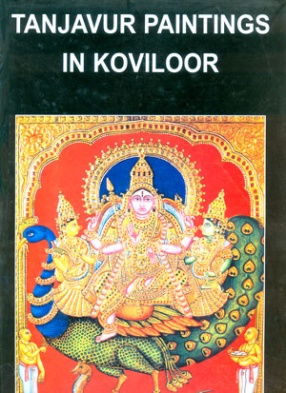
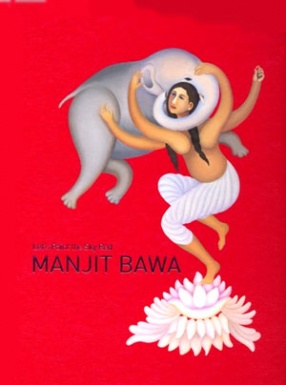
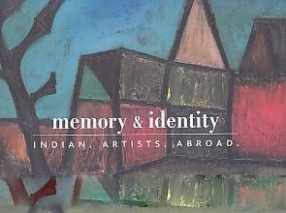

Bibliographic information